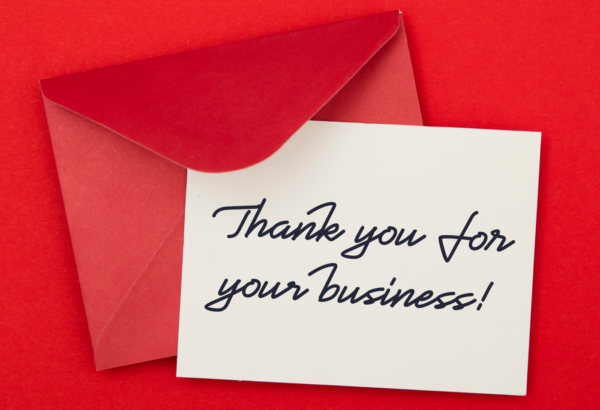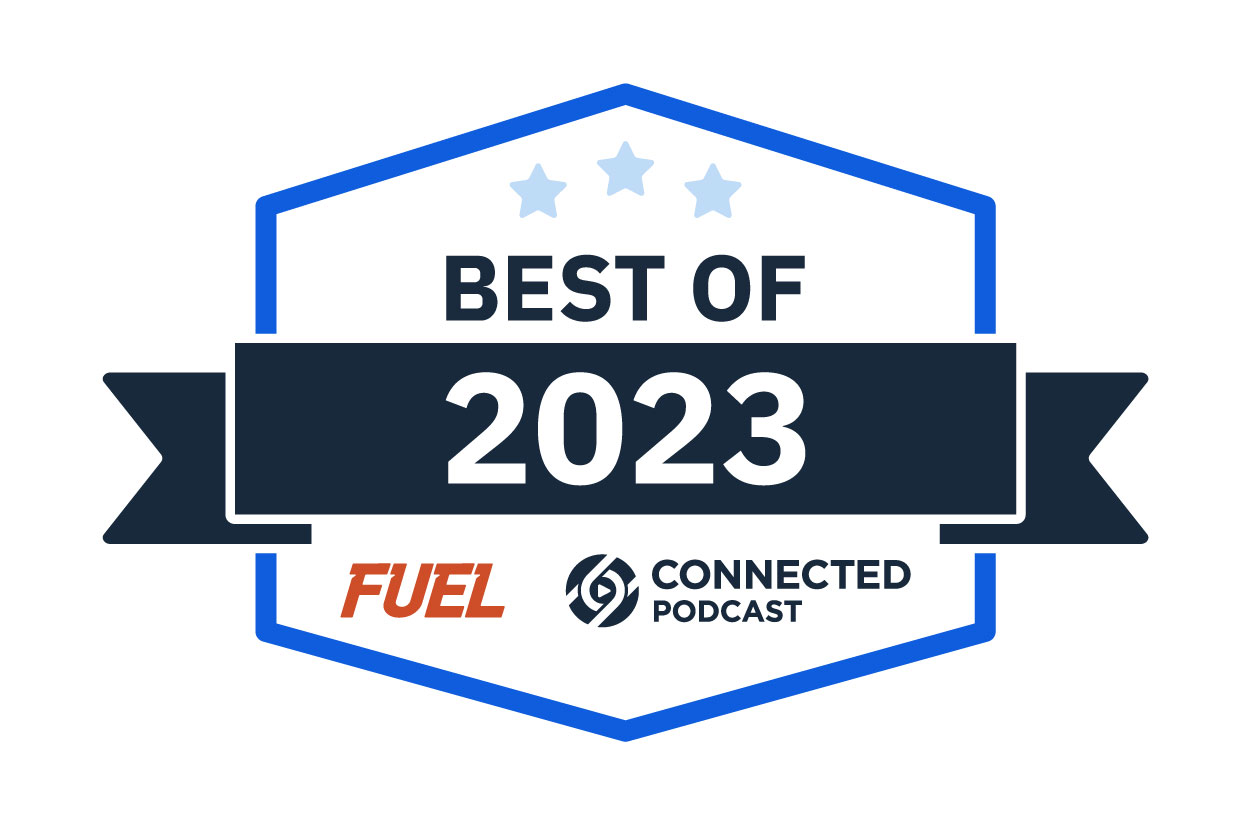Are you dropping the call?

Article Highlights:
- You only have one chance to make a good first impression.
- Key steps to handling inbound calls professionally.
A study done by Forrester Consulting found that inbound phone calls make up over 25% of all sales. These phone customers are buying faster, spending more, and becoming more loyal. Your phone customers are your long-term, most valuable customers.
Since the phone call is often the first form of direct contact between a consumer and the dealership, it’s the dealership’s responsibility to provide a standout first impression, which will either make or break you. There will never be a second chance for a first impression.
Follow these easy steps, and you can help make every phone interaction a quality interaction.
Before the Call
1. Learn the system and be prepared.
Understanding the system you work with is a requirement. Proper training that provides in-depth usage and feature knowledge makes using the system effortless. Be prepared to capture all customer information, if your system doesn’t capture it automatically, helping to create a seamless conversation.
Pro tip: When gathering customer information, be prepared to ask for the last name before the first name. If the first name is given first, customers are more likely to come to their own conclusion that “the first name is enough,” and won’t provide you their last name at all. When the last name is given first, they are more willing to disclose their information.
During the Call
2. Perfect your pick-up speed.
Understanding the flow of inbound calls allows you to identify when calls should be addressed. Though some calls are routed through lengthy automated menus or even transferred, all calls should personally be answered by the third ring. Answering the phone too late sends the wrong message to the customer. The customer believes he or she should be first priority. If it takes six rings to reach someone, the customer feels unappreciated.
3. Use a proper, consistent greeting.
A greeting sets the tone for the rest of the conversation and the impression the customer receives. If employees are using their own greeting, customers are more likely to receive the wrong impression. The proper greeting for all employees should comprise of the employee’s name, the dealership name, and a simple question: “RU Motors, this is Patricia speaking. How may I direct your call?” Of course, don’t be afraid to customize by adding quick snippets like: “RU Motors, this is Todd in service. How can I help you?”
Pro tip: Smile when you speak. This portrays a positive tone and attitude that, believe it or not, can be perceived through the phone. Customers feel better doing business with your dealership when they receive positive energy before they even step foot inside.
4. Use the customer’s name.
Nothing says “I feel special” like using the customer’s name. Best practice is to use the customer’s name at least twice during the conversation. This adds a personal touch to the interaction, making the customer feel like a priority.
5. Speak clearly.
So the customer can digest everything said, speak with clarity and at an even pace. Avoid using business words the customer may not understand. For example, don’t say: “One moment and I’ll have you transferred to the BDC.” Most customers don’t know what a BDC is, so eliminate confusion by simply referring to it as “the sales department.”
6. Answer a question with a question.
This can be hard to master at first, but it can help a potential sale move along. For example, if the customer asks if you have “x part” available, instead of simply responding with a “yes” or “no,” take it one step further: “We do. Would you like me to hold it for you until this afternoon?” or “I’m sorry, we do not. Would you like me to special order it for you instead?”
7. Ask before you do.
It is always best practice to ask for permission before actually performing what you intend to do. For example, instead of saying “hold please,” simply ask “Can I place you on a brief hold?” This shows the customer that you value his time.
Pro tip: Never leave customers on hold for more than 30-45 seconds. Their time is valuable. If you have to leave them on hold longer, make sure you check in on them, and explain that it will be a few more moments.
8. Take detailed messages.
Another best practice is to take accurate messages, especially when the message is to be handed off to another coworker. Be sure to get the customer’s name, who he’s trying to reach, the reason for the call, and a good phone number to reach him—EVEN IF your system automatically captures it. Just because a phone number is captured in the system does not mean it is the number the customer would like you to use.
Pro tip: Ask for or confirm the customer’s email address. Not only is this another contact method, but it’s a free way for the dealership to start advertising to that customer. Even better, an accurate email address could allow service to send invoices electronically, so customers can pay online.
9. Ask for the appointment!
Too many times dealership employees do not ask for the appointment—63% of the time to be exact (Marchex, 2016). If you receive 100 inbound calls per day, that becomes 63 missed sales opportunities. Asking for the appointment is painless as long as it’s not with an open-ended question (“When would you like to come in?”). Provide the customer with two appointment times that are on the quarter hour. Customers are more likely to agree to an appointment when they are given options, and they are more likely to show up to an appointment that is on the quarter hour because it’s easier to remember.
After the Call
10. Review, review, and review some more.
Listening to how you and your staff handle phone conversations is the best way to start improving them. With an enhanced telephone system that can review, record, and provide reporting on all incoming and outgoing phone calls, you are bound to learn something new about your team, your dealership, and how to better handle various situations. No call is alike, so reviewing them can improve your overall performance.
Conclusion
If you want positive results, the right phone skills training for inbound and outbound calls can help take your dealership a long way. If nothing else, calls should be handled with a smile and enthusiasm. A first impression lasts a lifetime. Make sure you’re doing your part to give the customer the right one.
Related Articles:

10 Ways to Protect your Dealership from Synthetic Fraud
Dealerships are now at a higher risk of losing out due to fraud, and one misstep could lead to a substantial financial loss. Here are…

Amid the NADA Buzz, 3 Common Themes I heard from Dealers
NADA is always a busy, boisterous event – multiply it by 10 when you’re in Vegas. As I walked around the show talking with dealers,…

3 Creative Ways to Show Customers the Love on Valentine’s Day
For many people, Valentine’s Day means heart candies and flowers, a nice dinner, and a box of chocolates from your loved one. But it’s also…

That’s a Wrap: 2023’s Top 5 Fuel Articles and Connected…
If the past has proven anything, it’s that dealerships are able to remain strong and adapt to whatever comes their way. 2023 has been no…















